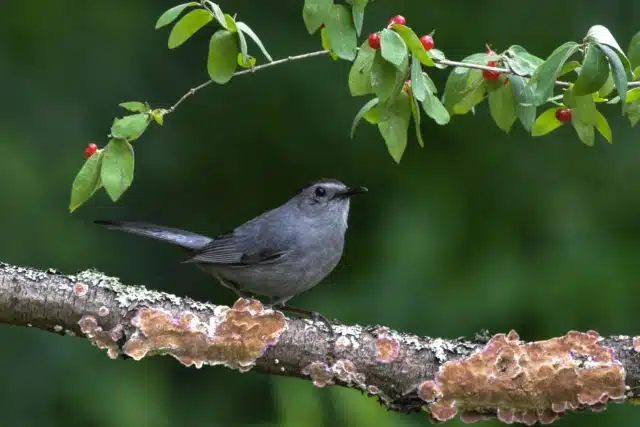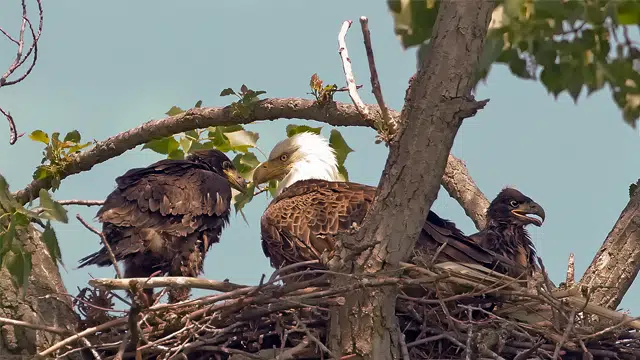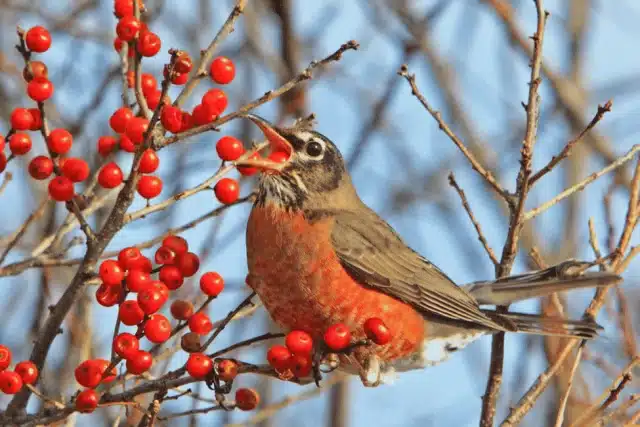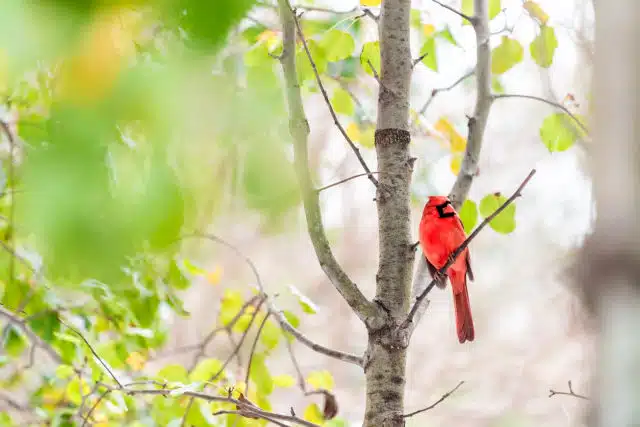Dabblers & Divers: Birding for Spring Waterfowl and Similar Species
March 19, 2025

With spring just ahead temperatures are rising, days are getting longer, and ice is melting. For the various species of waterbirds in northeast Ohio this means access to important resources that ensure safe migration and successful nesting. The large selection of water habitats in our part of the Buckeye State allows for diverse communities of waterbirds to thrive throughout the year.
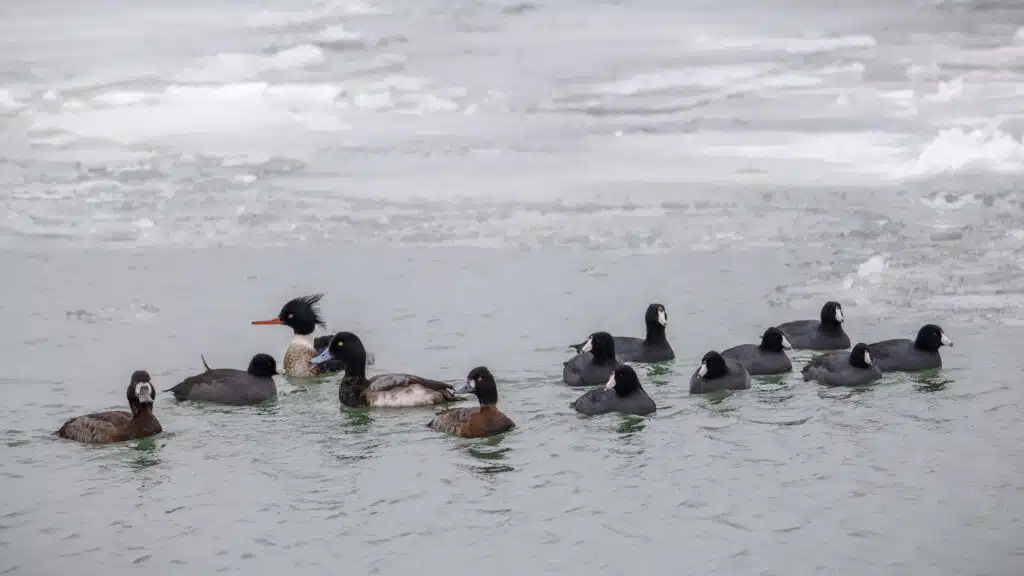
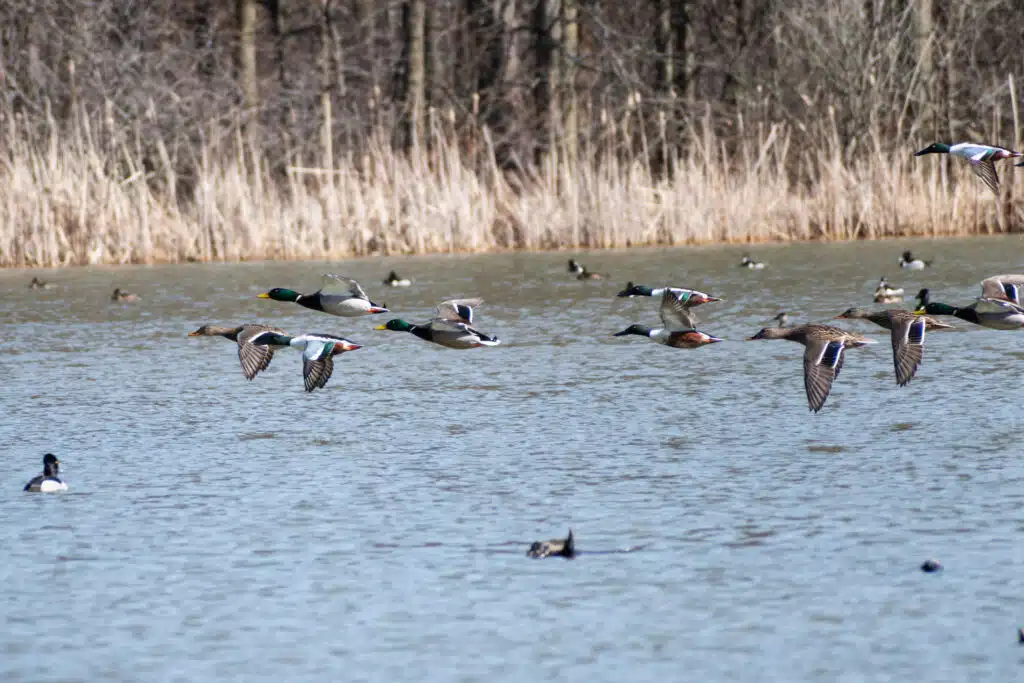
For birdwatchers hoping to spot these interesting avians, knowing where and when to find certain species can be challenging. It often depends on several factors like the time of year, weather, type of waterbody, and the lifestyle of the species. However, the most important factor that determines where and when these birds can be seen is the availability of food. Not all waterbirds eat the same meals. Diets amongst these species vary widely. Each bird has preferred prey items and unique methods to catch them.
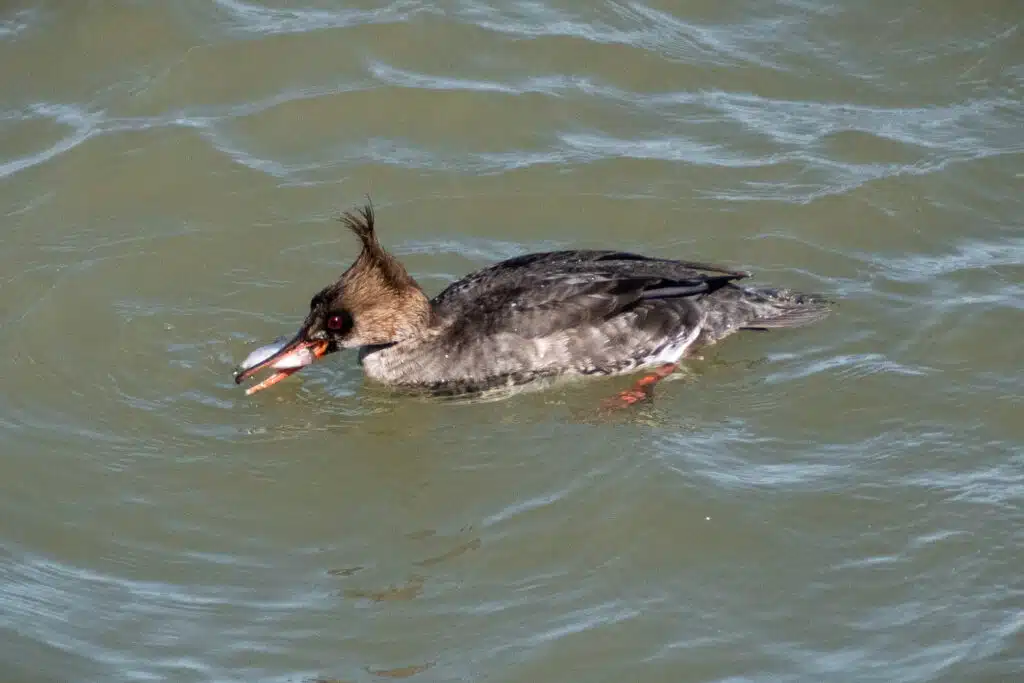
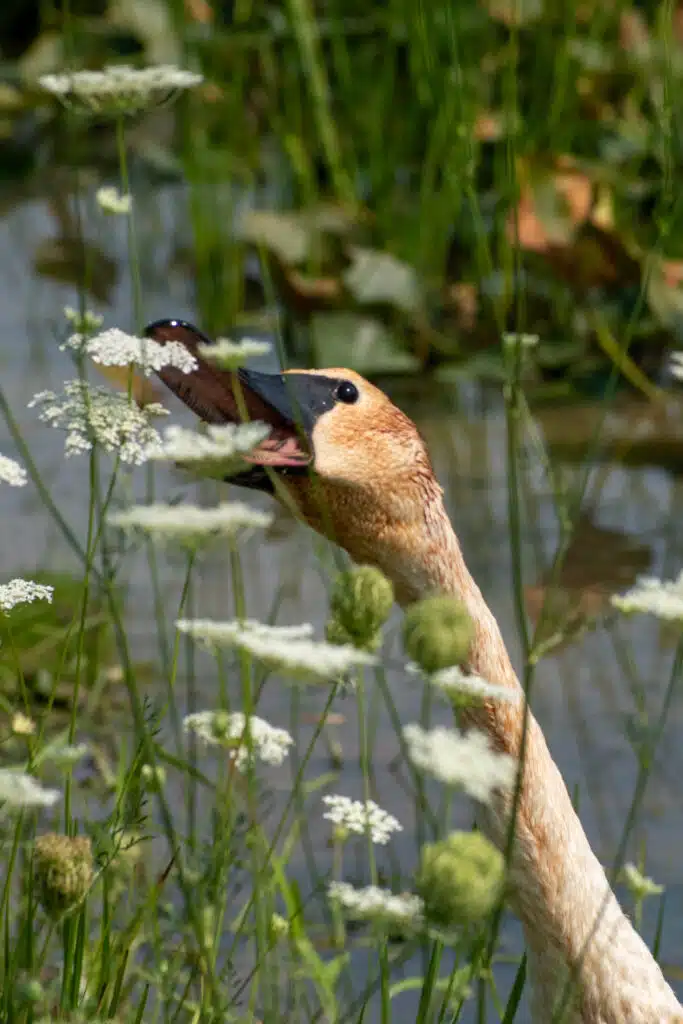
Generally, most waterbirds can be divided into two categories, dabbling and diving, based on their feeding preference. Dabbling birds inhabit shallow waterbodies where they can bob for vegetative matter and invertebrates. Diving birds require deep bodies of water where they can forage far in the depths for fish, plants, and mussels.
Northeast Ohio’s shallower inland waterbodies like wetlands, ponds, and rivers are great places to search for dabbling ducks. The large quantities of vegetative matter and the abundance of easily accessible aquatic invertebrates present in these locations create great habitat for resident breeding species like mallards, wood ducks, and blue-winged teal.

The deeper waterbodies like lakes and reservoirs in our region are havens for spring migrant species heading back north to breeding grounds in Canada and other parts of the US like red-breasted mergansers, common goldeneye, and greater scaup. The most important habitat in NE Ohio for these migrating divers is Lake Erie.
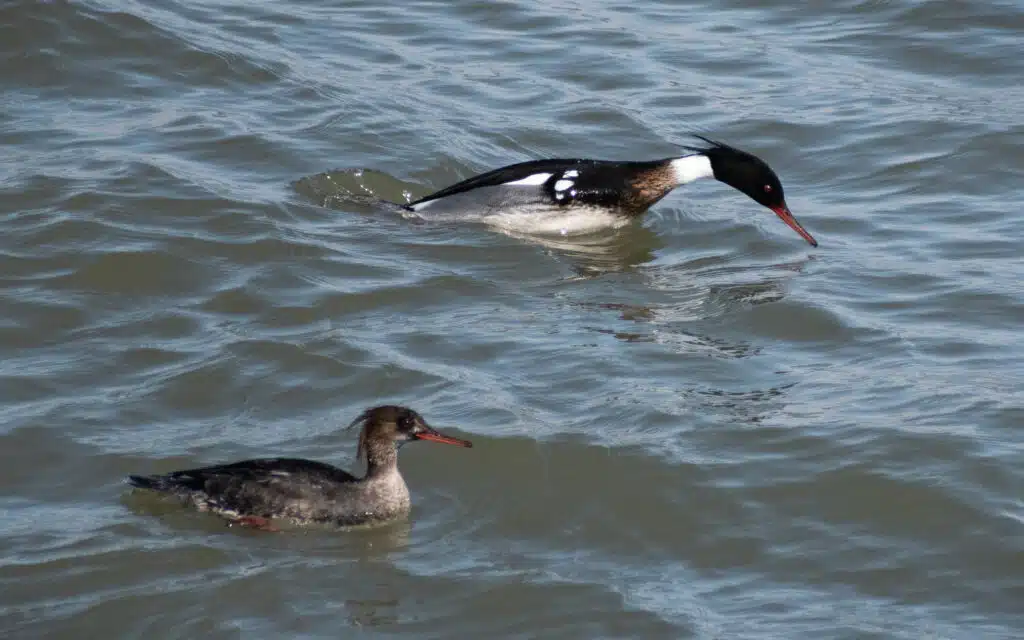

Our great lake is crucial for the immense quantities of diverse waterbirds present throughout the year. As the dense winter ice sheets that blanket the Lake Erie shoreline melt away with spring weather, more and more birds will flock to the lake for its excellent source of food. Red-breasted mergansers and similar diving species like loons, grebes, and cormorants take advantage of the seemingly endless stock of fish present in the deeper waters of Lake Erie. Various gull species like ring-billed gulls, American herring gulls, and Bonaparte’s gulls, also rely on the large fish populations to satiate their diets. Small fish species like emerald shiners, gizzard shad, yellow perch, round gobies, and alewife make up most of the diet of these fish-eating birds.
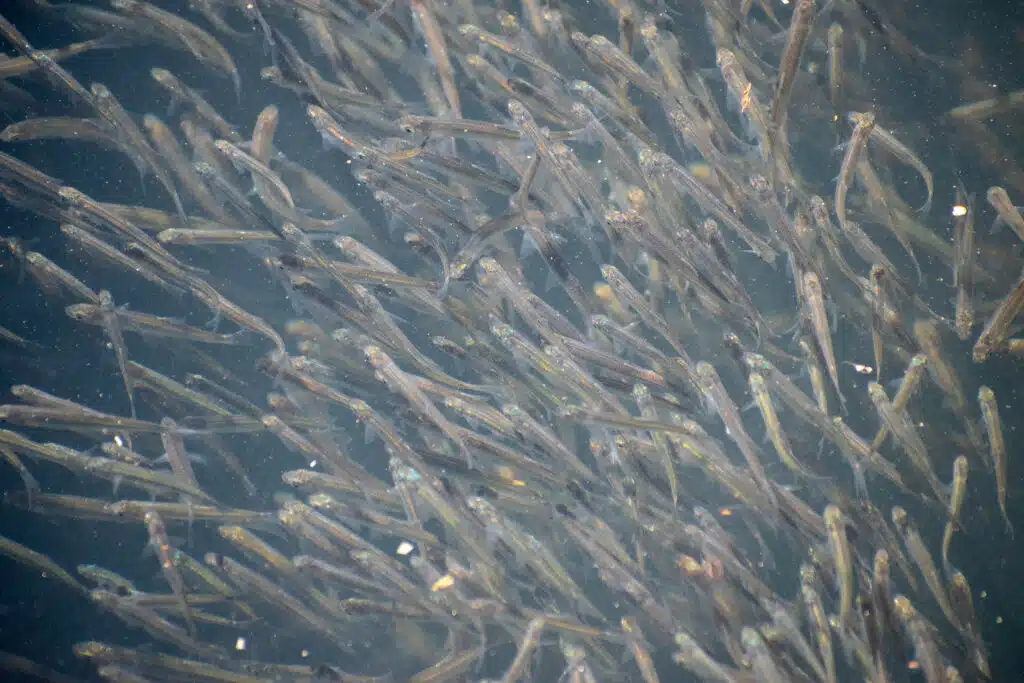
For diving species that don’t specialize in fish like scaup ducks, redheads, goldeneyes, and buffleheads Lake Erie boasts a plethora of mussels, invertebrates, and deep aquatic plants for them to feed on.
With a cornucopia of resources present in Lake Erie massive colonies numbering in the tens of thousands, like the ones pictured here…
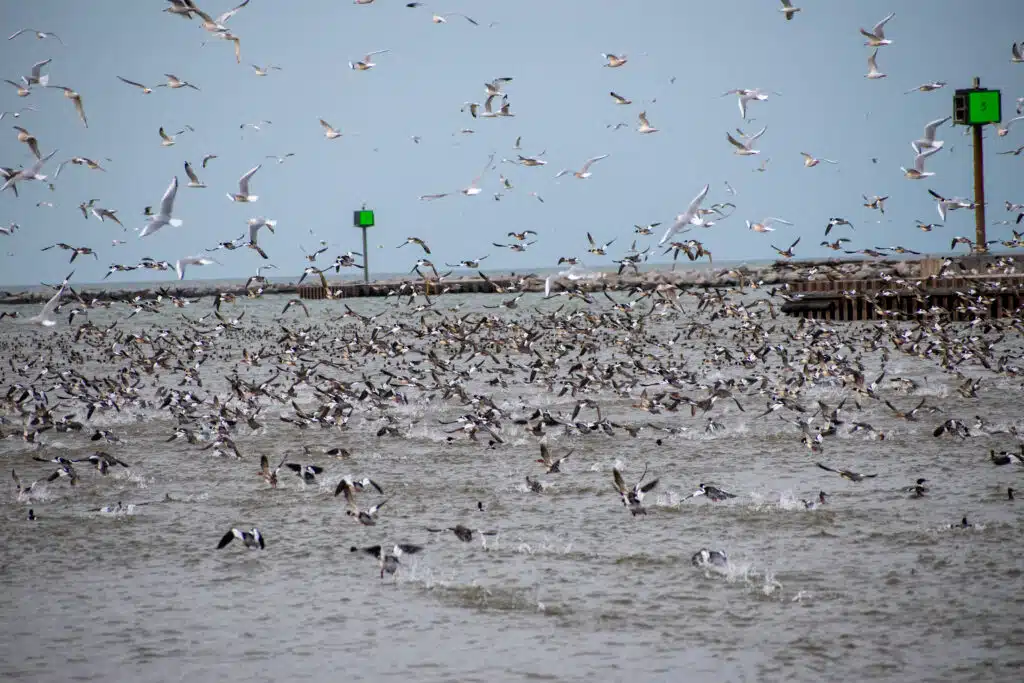

… can be supported during important migration periods. Incredible displays from giant flocks of red-breasted mergansers and ring-billed gulls moving through the area can be seen in early winter before the ice takes over and especially in late winter and early spring after much of the ice cover dissipates and migrants are headed back to breeding grounds.
Another important stop for some migrating birds is The Holden Arboretum, we have several water features beloved by visiting and resident birds. With close proximity to Lake Erie, the arboretum provides a bountiful pitstop for birds migrating through. Corning Lake offers serene views of dabbling ducks foraging through the thick vegetation along the shoreline and thrilling moments of diving waterbirds snatching bluegill and the occasional mollusk. In 2024 alone Corning Lake had visits from buffleheads, ruddy ducks, double-crested cormorants, hooded mergansers, American coots, ring-necked ducks, pied-billed grebes, mallards, and of course Canada geese. Similarly last year, the more secluded Fishermans Pond saw visits from American coots, mallards, wood ducks, and hooded mergansers. Furthermore, Hourglass Pond seemed to be a hot spot for American black ducks and wood ducks who enjoyed eating acorns and other fruits fallen from the collection trees. Next time you’re at The Holden Arboretum remember to bring your binoculars and identification guides for a nice stroll around Corning Lake.
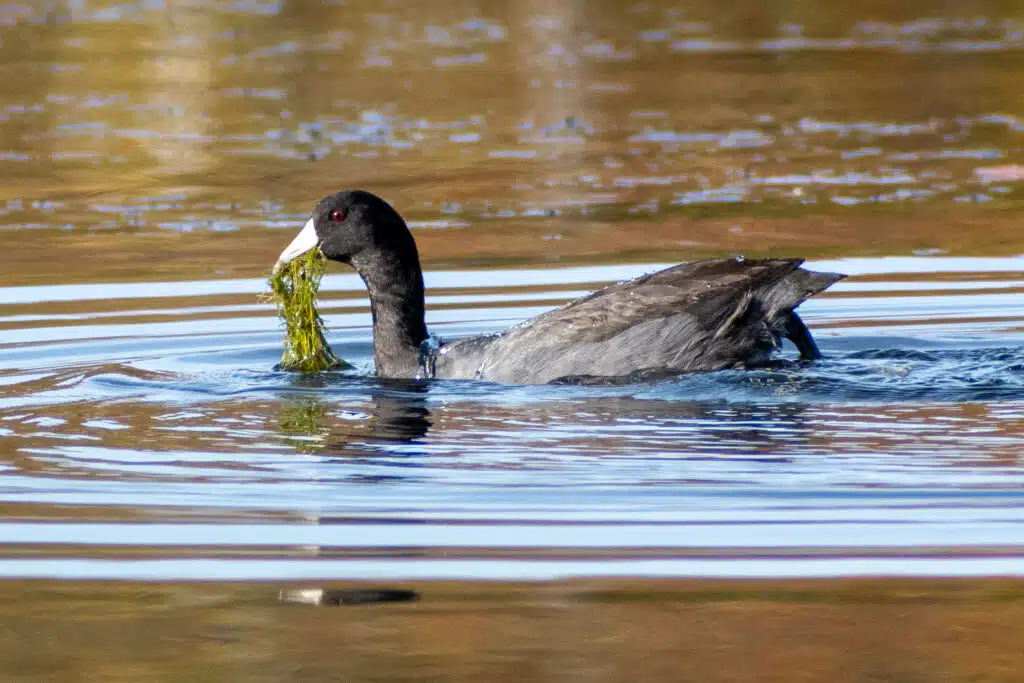
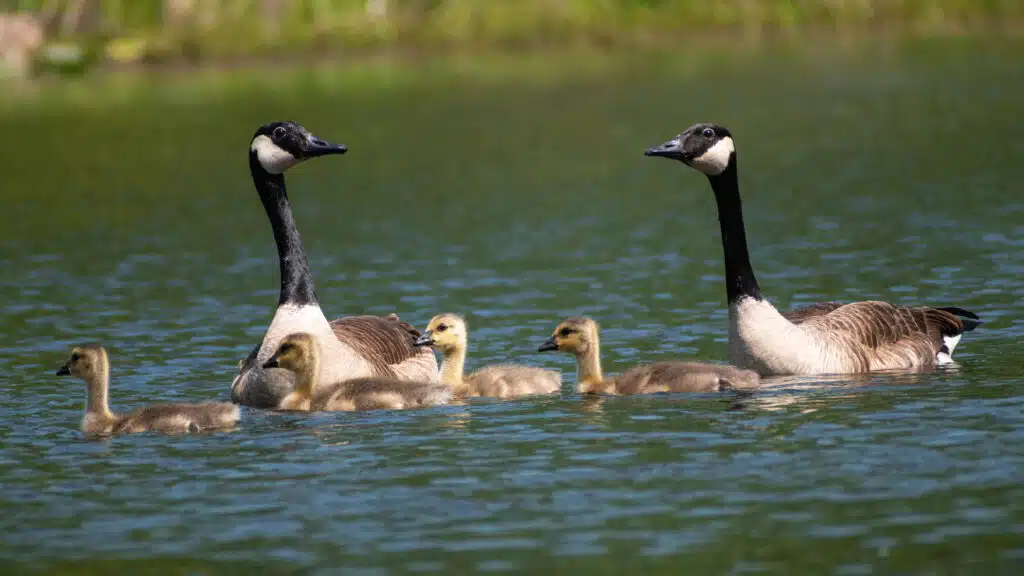
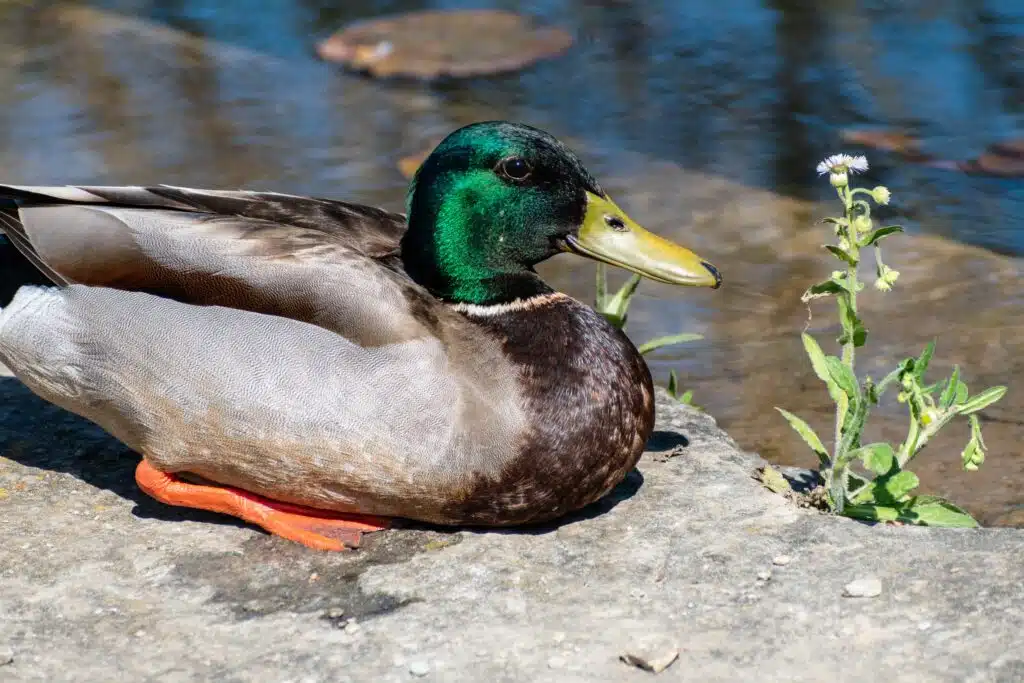
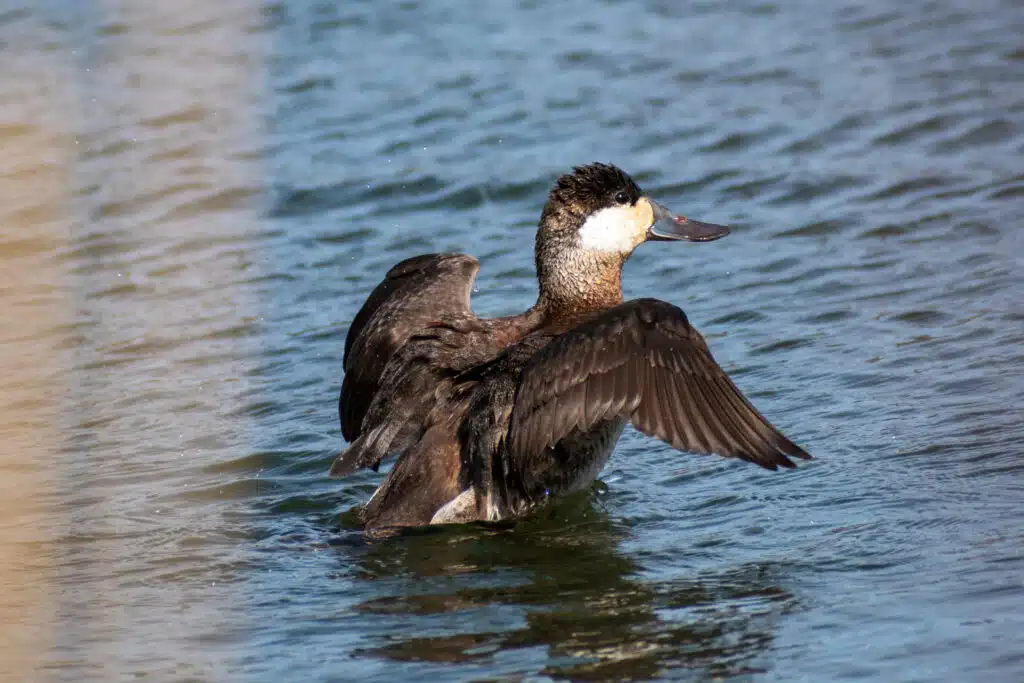
To learn more about birding for waterfowl, smart phone applications like Merlin Bird ID provide great species-specific information like habitat preference, identification tips, and range maps. Furthermore, reporting sightings online at eBird.org allows you to get involved in a community of citizen scientists working to preserve and better understand native bird populations, eBird also offers access to datasets which can be used by students or organizations performing ornithological studies. Below is a custom chart generated on eBird.com reflecting occurrence sightings by waterfowl species throughout the year using checklist data from hotspots at Holden Arboretum since the year 2000.

If you need help with identifying a bird or have any questions about birdwatching at The Holden Arboretum, please feel free to contact ajackson@holdenfg.org
eBird. 2021. eBird: An online database of bird distribution and abundance [googlechrome]. eBird, Cornell Lab of Ornithology, Ithaca, New York. Available: http://www.ebird.org. (Accessed: Date [February 26, 2025]).

Albert Jackson
Conservation Technician
Albert serves as a technician in the Conservation department at the Holden Arboretum. As a conservation technician, Alberts spends a lot of time in Holden's natural areas where he performs invasive species management, forest health improvement, ecological surveys, and nature photography. He is dedicated to keeping Holden's natural healthy and beautiful.

